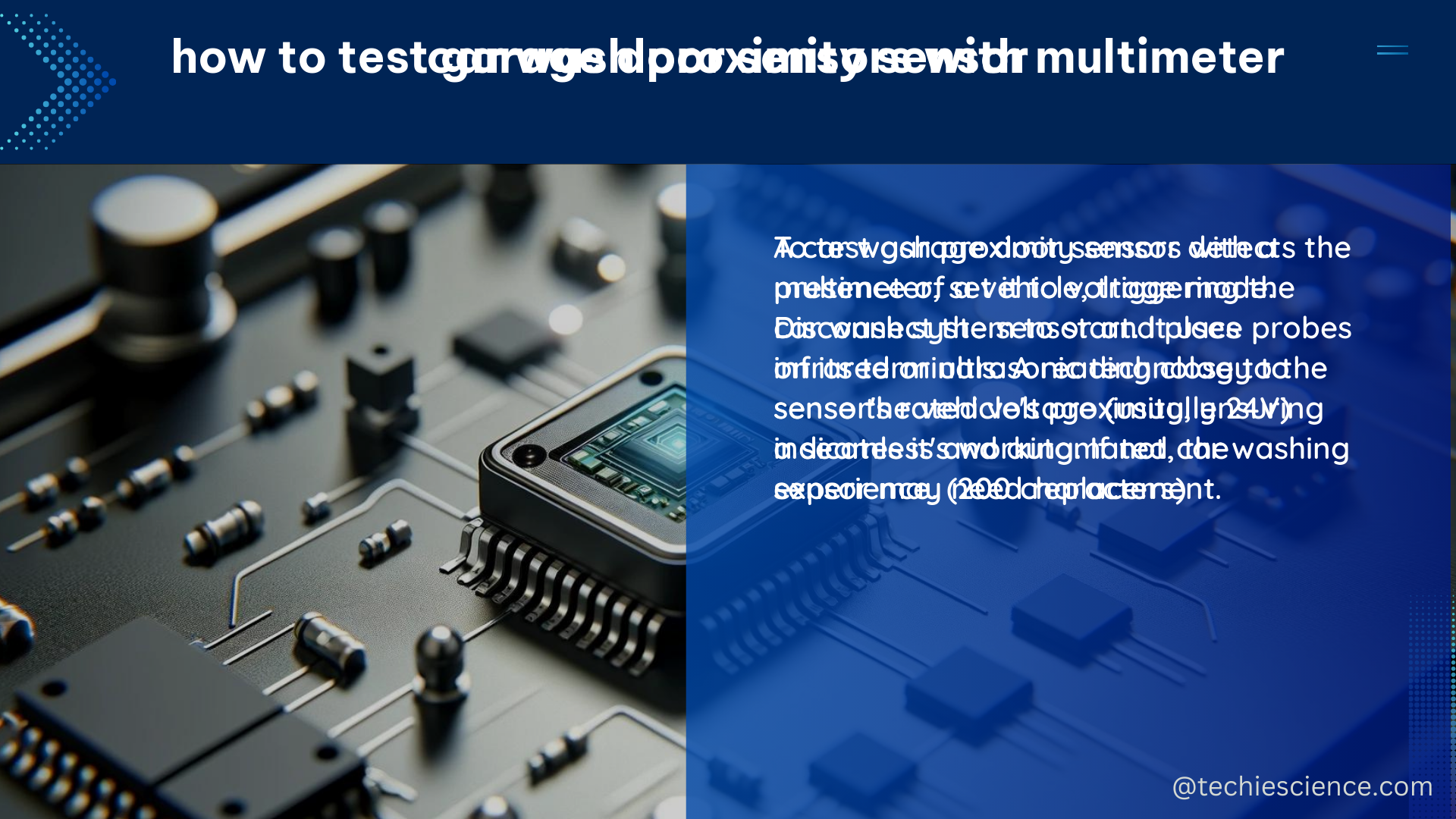Car wash proximity sensors are essential components in automated car washes, ensuring the proper positioning and profiling of vehicles during the cleaning process. These sensors are designed to withstand the harsh conditions inside and outside of car wash facilities, providing reliable vehicle detection in various applications.
Understanding the IRU-2000 Object Detection Ultrasonic Sensor
APG’s IRU-2000 Object Detection Ultrasonic Sensor is a widely used car wash proximity sensor for object detection and profiling. It is designed to control the cleaning process in automatic car washes, fitting the vehicle’s profile by detecting the car’s position, width, and length.
Technical Specifications of the IRU-2000
- Detection Range: 0.2 to 5 meters
- Frequency: 42 kHz
- Beam Angle: 15°
- Operating Temperature: -40°C to +85°C
- Output: Analog 4-20 mA or digital NPN/PNP
- Housing: Stainless steel (IP67 rated)
- Cable Length: 3 or 10 meters
The IRU-2000 sensor utilizes ultrasonic technology to detect the presence and position of vehicles in the car wash. The 42 kHz frequency allows for accurate object detection, while the 15° beam angle ensures a focused and precise measurement. The sensor’s stainless steel housing and IP67 rating make it suitable for the harsh environments found in car wash facilities, where it must withstand exposure to water, chemicals, and varying temperatures.
Implementing a DIY Car Wash Proximity Sensor Setup

For those interested in a hands-on approach to understanding and testing car wash proximity sensors, consider the following steps:
Step 1: Research
Familiarize yourself with the basic principles of ultrasonic sensors and their applications in car washes. Understand the key factors that influence the sensor’s performance, such as detection range, beam angle, and environmental conditions.
Step 2: Obtain a Sensor
Purchase an ultrasonic sensor, such as the IRU-2000, that is specifically designed for car wash applications. Ensure that the sensor’s specifications match the requirements of your car wash setup.
Step 3: Set up the Sensor
Install the sensor according to the manufacturer’s instructions, ensuring it is properly positioned and connected to the car wash control system. Consider factors such as mounting height, angle, and distance from the vehicle to optimize the sensor’s performance.
Step 4: Test the Sensor
Manually trigger the car wash cycle and observe the sensor’s performance. Adjust the sensor’s position, if necessary, to ensure accurate vehicle detection and profiling. Monitor the sensor’s output data to verify its reliability and consistency.
Step 5: Analyze the Data
Review the sensor’s output data to ensure it is providing accurate and reliable information for controlling the car wash process. Analyze the data to identify any patterns or anomalies that may require further investigation or adjustments to the sensor’s configuration.
Advanced Considerations for Car Wash Proximity Sensors
In addition to the basic setup and testing, there are several advanced considerations to keep in mind when working with car wash proximity sensors:
Environmental Factors
Car wash environments can be harsh, with exposure to water, chemicals, and varying temperatures. Ensure that the sensor’s housing and sealing are suitable for the specific conditions of your car wash facility.
Sensor Synchronization
In multi-sensor car wash setups, it is crucial to synchronize the sensors to ensure accurate vehicle detection and profiling. Proper timing and coordination between sensors can prevent interference and improve the overall system performance.
Data Integration
Integrate the car wash proximity sensor data with the car wash control system to optimize the cleaning process. This may involve configuring the sensor’s output to match the control system’s input requirements, such as analog or digital signals.
Maintenance and Calibration
Regularly maintain and calibrate the car wash proximity sensor to ensure its continued accuracy and reliability. This may include cleaning the sensor’s surface, checking for any physical damage, and verifying the sensor’s calibration settings.
By following these guidelines and considering the advanced factors, you can effectively implement and maintain a DIY car wash proximity sensor setup, ensuring the efficient and reliable operation of your automated car wash system.
Conclusion
Car wash proximity sensors, like the IRU-2000 Object Detection Ultrasonic Sensor, are critical for ensuring the proper positioning and profiling of vehicles in automated car washes. These sensors are designed to withstand harsh conditions and provide reliable vehicle detection in various applications.
For a hands-on approach, consider following the DIY steps outlined in this guide to better understand and test these sensors in a car wash environment. By mastering the technical details and advanced considerations, you can optimize the performance of your car wash proximity sensors and enhance the overall efficiency of your automated car wash system.
References
- APG’s Carwash Sensor Case Studies
- Never Noticed Car Wash Icons on Proximity Sensor
- NIST Special Publication 1268: Sensor Standards Handbook
- Sensor-Based Vehicle Detection and Tracking in Automated Car Washes
- Vehicle Detection Solutions for Car Wash Applications

The lambdageeks.com Core SME Team is a group of experienced subject matter experts from diverse scientific and technical fields including Physics, Chemistry, Technology,Electronics & Electrical Engineering, Automotive, Mechanical Engineering. Our team collaborates to create high-quality, well-researched articles on a wide range of science and technology topics for the lambdageeks.com website.
All Our Senior SME are having more than 7 Years of experience in the respective fields . They are either Working Industry Professionals or assocaited With different Universities. Refer Our Authors Page to get to know About our Core SMEs.